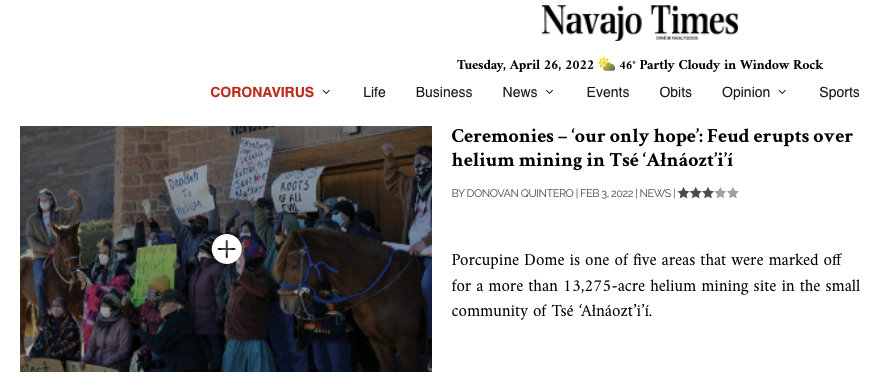In our third and final session on covering the American Rescue Plan Act, reporter Shelby Harris said something that’s important for all of us to remember about the millions in federal-to-local funding — every ARPA dollar spent on one project is an ARPA dollar not spent somewhere else.
There’s no prescription about how this money gets spent. It’s mostly up to local governments, if they’re spending it at all. They could just use it to cover budget shortfalls from the pandemic. They could reject it. Or they could choose to fix roads and bridges but not add broadband.
RELATED WEBINAR: Sign up for Follow the Money: American Rescue Plan AMA on July 26, 2022.
There are stories in where the money’s going, and there are stories in where it’s not going.
We’ve been talking about the American Rescue Plan Act for a few months now, both here and through free online trainings thanks to funding from the Joyce Foundation. You can find resources and tips on covering ARPA, how it relates to public health and public safety.
Here are our tips on covering ARPA and infrastructure/environment. We were joined by Harris, a reporter at Carolina Public Press who has been on the ARPA beat for several months now, and Navajo Times’ Donovan Quintero, who is an environmental reporter.
Harris started with a list of acceptable uses for ARPA. They include:
- Premium pay (for example, bonuses for essential workers)
- Public health initiatives (for example, the money could go toward nonprofits, social services, vaccine campaigns and testing)
- Revenue loss
- Infrastructure (including projects around water, sewer, broadband and roads)
Also, good to remember: All ARPA funds must be allocated by December 2024 and spent by December 2026. That might feel like a long time from now. But if a small community decides it needs a new sewer system, for example, it has to get government approval, hire a firm to estimate the cost and get that approved in less than two years.
Another reminder: Smaller communities have different guidelines for how they report where ARPA dollars go. In the absence of required reporting, local journalists have to fill in the gaps to see where funds are flowing.
And that, Harris said, requires some old-school journalism. Most local governments have a page online where you can access agendas and minutes. Search those for ARP or ARPA to get a lead on where money might be going, then follow up with city council people and engineering firms. If all else fails, request the meeting notes.
Harris shared these tips to remember when covering ARPA-funded infrastructure projects:
- Remember to focus on the impact of the project.
- How long has the project been needed? Does the town have historical problems related to said project?
- How long will it take and how many people will it affect?
- How will the project benefit the community in the long run?
Some other questions to ask:
- What is ARPA not being used for?
- Is this really where the money ought to be spent? (Think bridge to nowhere.)
- What does the community think about funding this project with COVID-19 relief money?
- How will this project mend existing societal and structural issues?
- Who in the community will be affected by this infrastructure and how can I talk to them?

Screenshot, Navajo Times
By their nature, many infrastructure projects are also environmental projects. That’s something you’ll often find in Quintero’s work for the Navajo Times.
He suggested these three questions to include in your reporting:
- How do we preserve the precious resources we have left?
- How does public policy impact that?
- What are the experts talking about?
Quintero’s reporting includes policymakers and scientists, but also the culture of the place he’s reporting and the stories of the people he’s reporting on.
Here are a few more resources from the Society for Environmental Journalism:
- Source list for environmental reporters
- EPA Leaker’s Guide
- Reporter’s Guide to Getting Around PIO’s
- Resources from the Society for Environmental Journalism
Finally, if you missed our training but still want to learn hands-on, check out these tips from IRE on covering ARPA, which includes a spreadsheets cheat sheet, an IRE mini-bootcamp on Google Sheets and a Google Sheets data exercise template.
If you’re covering ARPA, we’d love to see and share your work. You can send it to me at khare@poynter.org.
This piece originally appeared in Local Edition, our newsletter devoted to the telling stories of local journalists.







